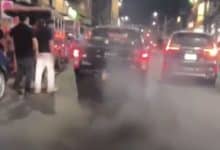The best masks to shield you from PM2.5 in Thailand
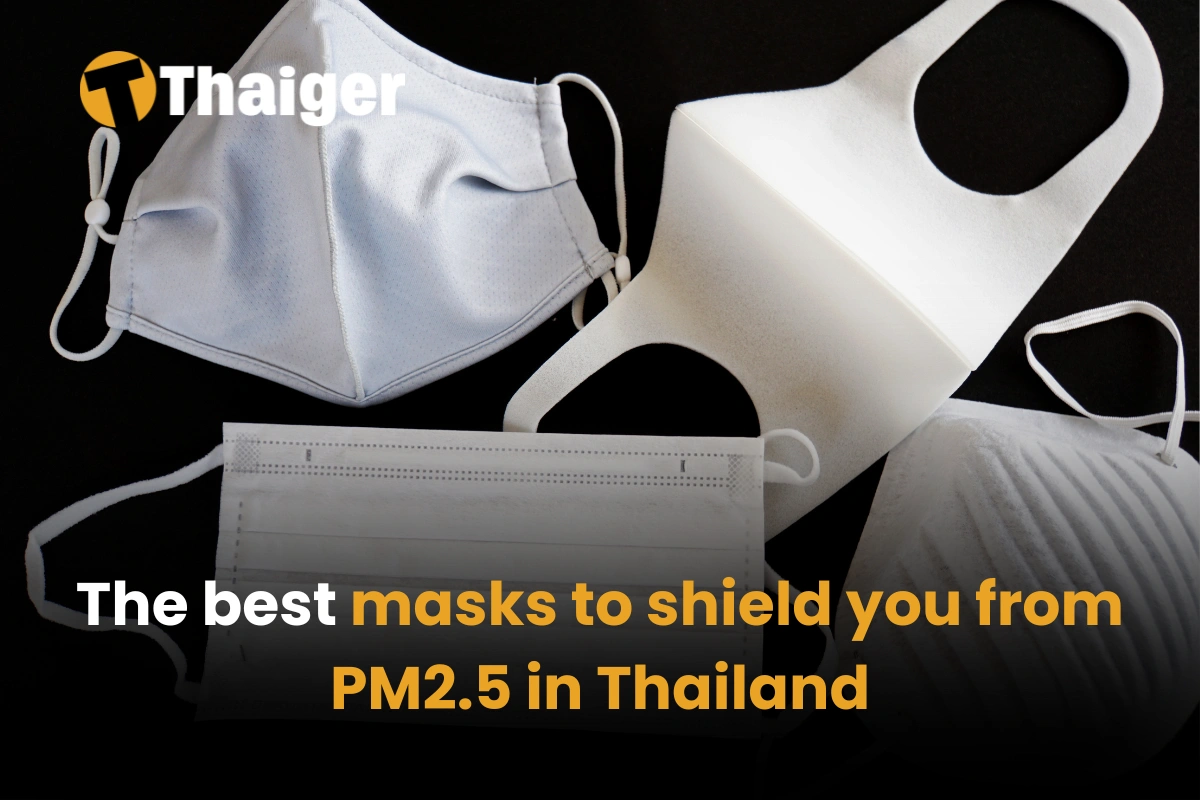
Air pollution, particularly fine particulate matter like PM2.5, poses a serious risk to health. Choosing the right mask can significantly reduce your exposure and protect your lungs from these harmful particles. Here’s a comprehensive guide to help you understand the types of masks available, their benefits, and how to wear and maintain them effectively.
Why you should be wearing a mask
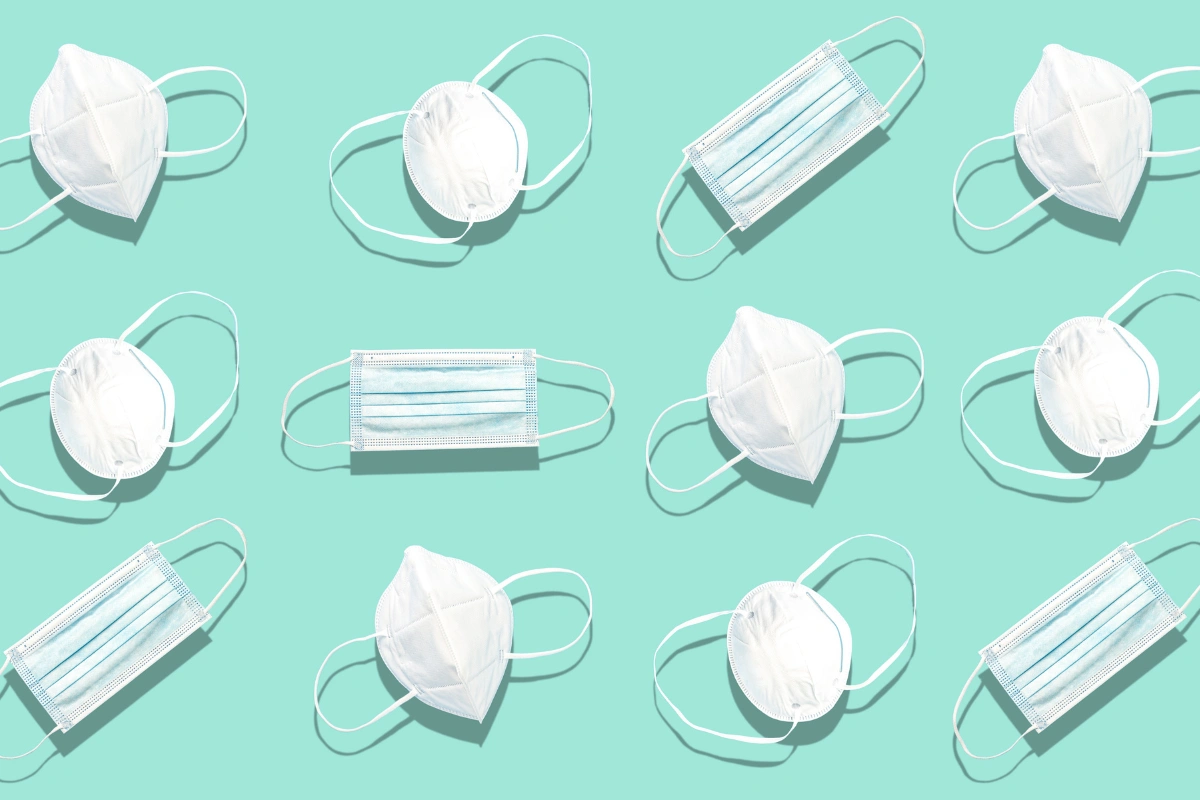
Wearing a mask in Thailand during periods of high PM2.5 pollution is essential for protecting your health. PM2.5 particles are tiny, less than 2.5 micrometres in size, and can penetrate deep into the lungs, even entering the bloodstream. This exposure has been linked to respiratory diseases, heart problems, and other serious health issues. In Thailand, air quality often worsens due to agricultural burning, industrial emissions, and heavy urban traffic, increasing the risk of harmful PM2.5 levels.
Best masks to wear to protect from PM2.5
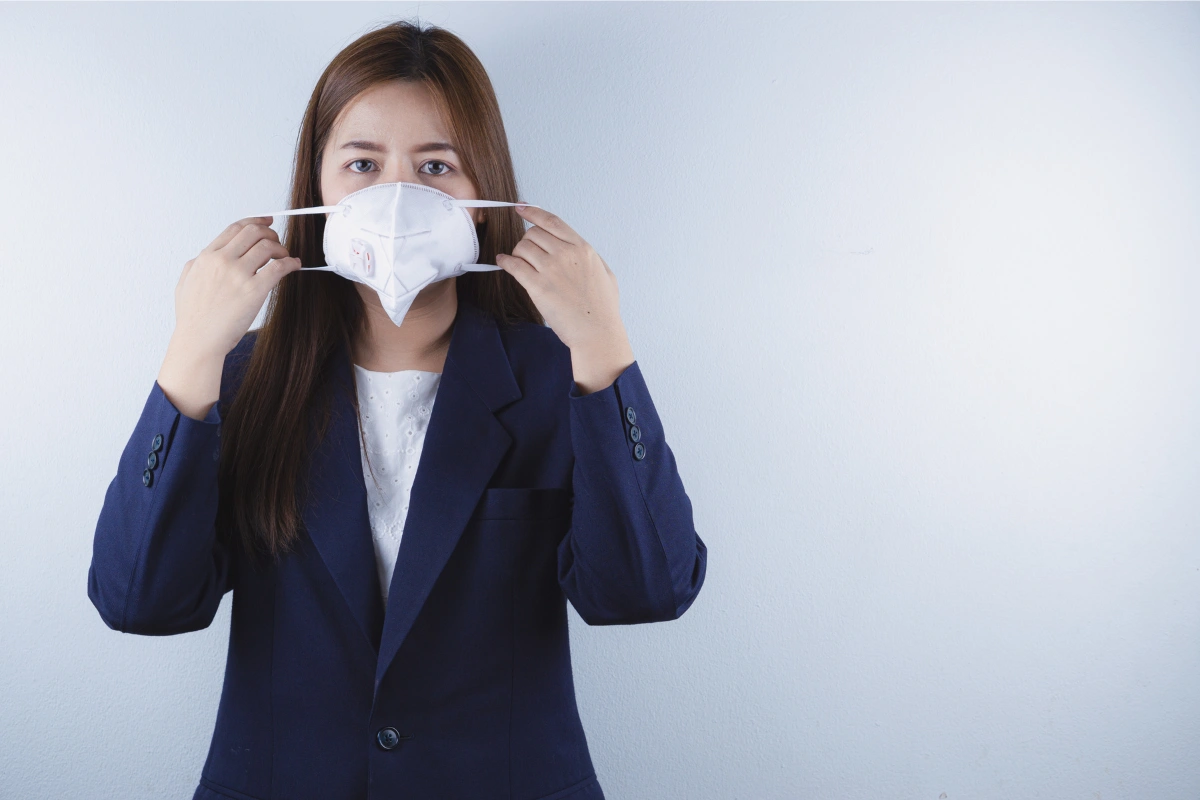
As air quality concerns rise in Thailand, shielding yourself from PM2.5 particles is more important than ever. The right mask can dramatically improve your health and comfort.
P100 Masks: ultimate protection
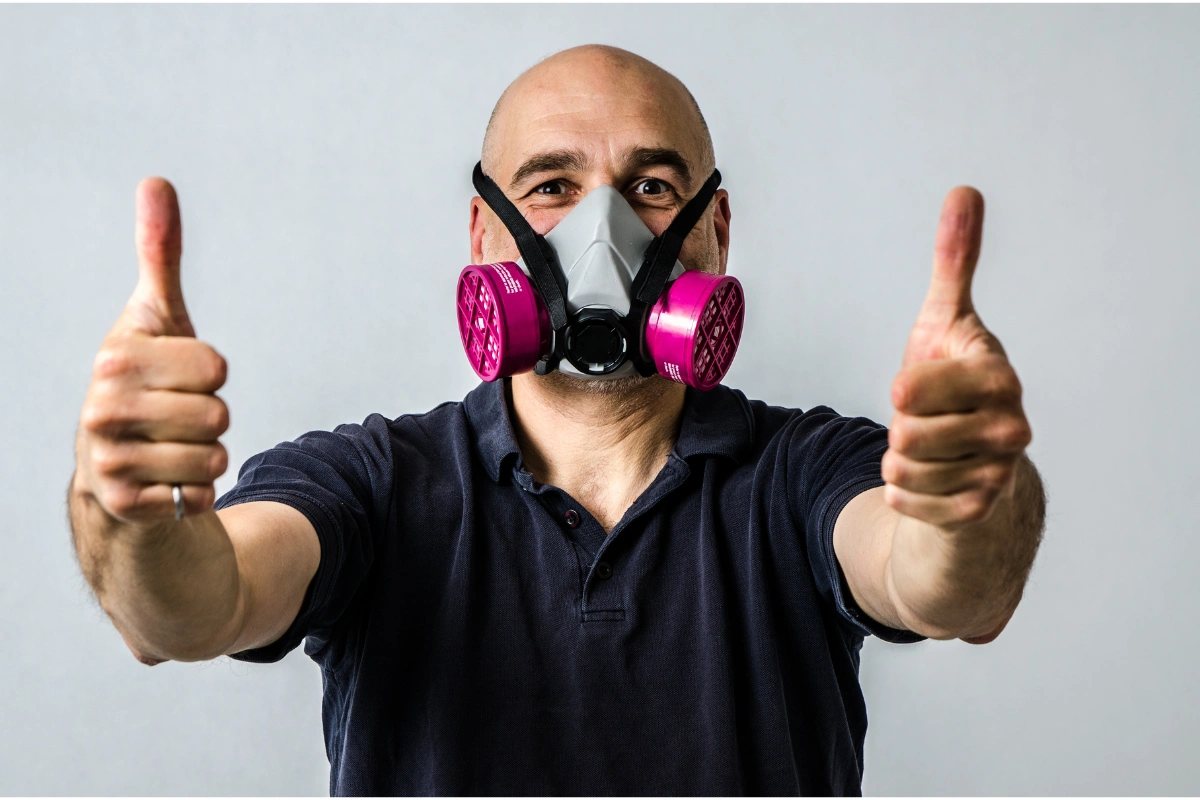
P100 masks are among the best options for protecting against PM2.5 and other airborne pollutants in Thailand. These masks can filter out at least 99.97% of particles, including oil-based substances, making them more effective than N95 masks. The “P” in P100 means they are resistant to oil, while “100” refers to their high level of filtration.
For people in heavily polluted areas or during severe haze, P100 masks provide excellent protection. They come in different types, such as disposable masks or reusable ones with replaceable filters. However, P100 masks can be less breathable than N95 masks and are generally more expensive, so they are better suited for high-risk situations or for people with respiratory issues.
To get the full benefit of a P100 mask, it’s important to ensure a proper fit and seal. Without this, polluted air can still get in, reducing its effectiveness. For those facing serious air quality issues in Thailand, a well-fitted P100 mask is a reliable choice.
N95 Masks: trusted protection
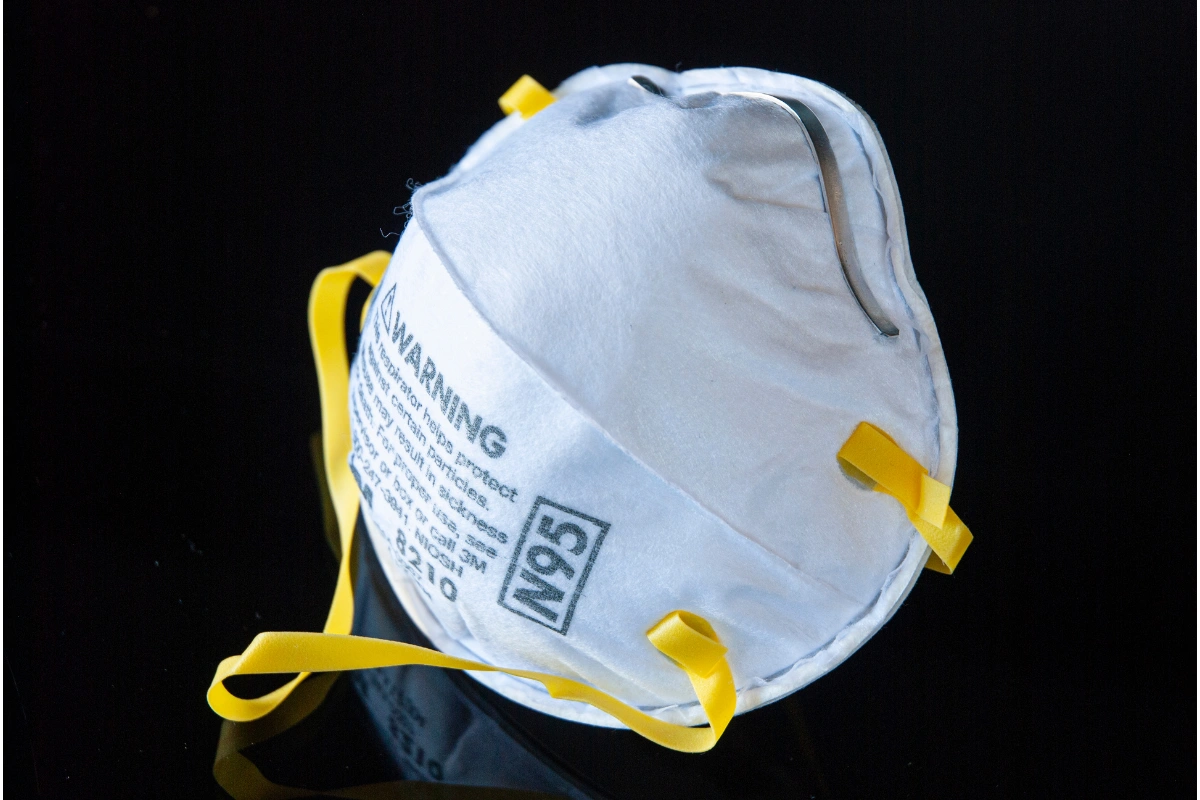
N95 masks are a reliable choice for filtering out PM2.5 and other airborne particles, making them a popular option for dealing with air pollution in Thailand. These masks are designed to filter at least 95% of particles as small as 0.3 microns, offering strong protection against fine particulates.
When choosing an N95 mask, it’s important to select one with adjustable nose clips and elastic straps to ensure a secure fit, as this improves filtration efficiency. Some recommended options in Thailand include the 3M 9205+ Aura, which features a comfortable 3D design, and the Honeywell DF300 N95, known for its affordability and multi-layer protection. However, always verify that the N95 masks are NIOSH-approved to ensure their quality and effectiveness in protecting against PM2.5.
N99 Masks: superior filtration
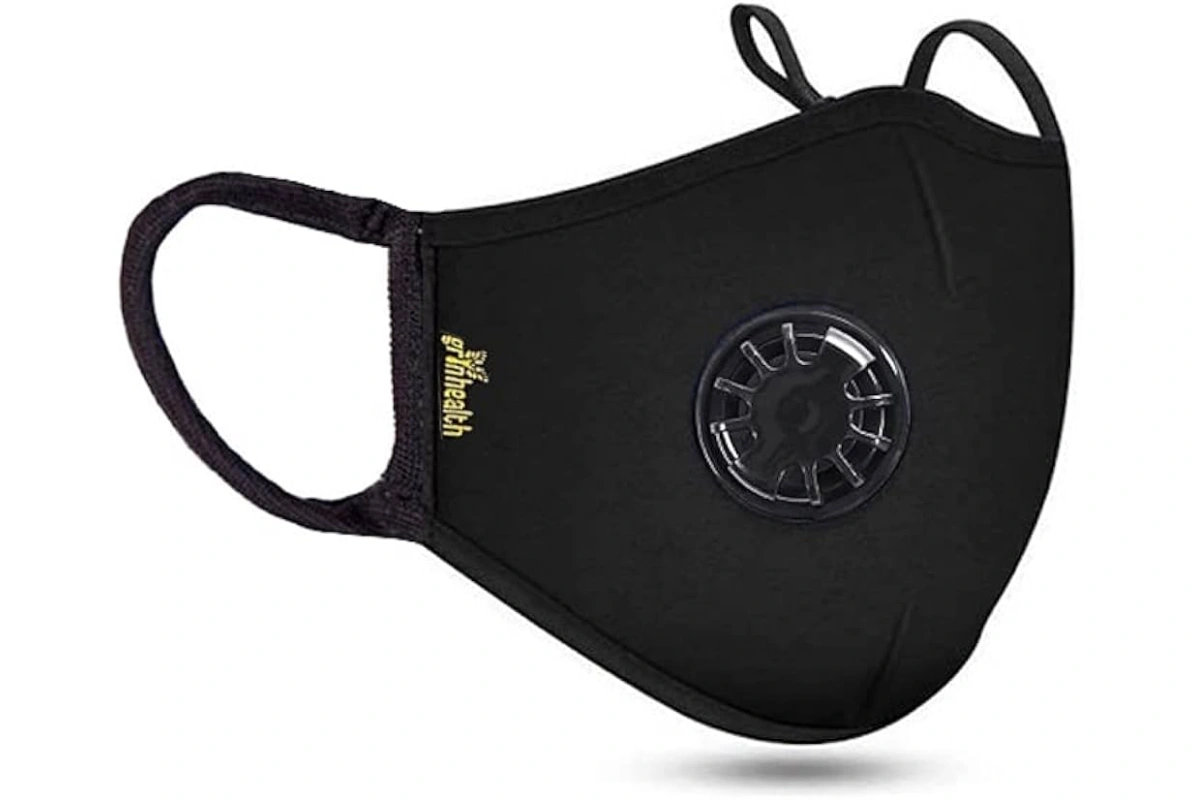
N99 masks provide stronger protection against PM2.5 and other airborne particles, filtering out at least 99% of particulates as small as 0.3 microns. This makes them a step up from N99 masks, offering better defence against air pollution in Thailand. Many N99 masks include multiple layers of filtration, such as activated carbon, which can help absorb harmful chemicals and odours.
For optimal performance, it’s essential to choose an N99 mask with adjustable straps and nose clips to ensure a tight seal. This prevents leaks and maximises filtration efficiency. Some N99 masks are reusable and come with replaceable filters, which makes them a more sustainable choice for long-term use.
However, because N99 masks offer higher filtration, they may feel less breathable than N95 masks. This is something to keep in mind, especially for extended wear in Thailand’s hot and humid climate. Despite this, they remain an excellent choice for those needing extra protection from pollution.
How to properly wear and maintain your mask

To maximise protection against PM2.5 in Thailand, follow these practical steps for wearing and maintaining your mask:
- Wash your hands thoroughly before handling the mask to prevent contamination.
- Position the mask over your nose and mouth, ensuring the metal nosepiece is at the top.
- Adjust the straps: Place the top strap high on the back of your head and the bottom strap around your neck, below your ears.
- Mould the nosepiece to the bridge of your nose for a secure and tight fit.
- Perform a seal check by inhaling and exhaling sharply, checking for air leaks around the edges.
- Avoid touching the mask while wearing it; clean your hands if adjustments are necessary.
- Replace the mask if it becomes wet, damaged, or difficult to breathe through.
- Remove carefully, touching only the straps, and discard single-use masks in a closed bin.
- For reusable masks, follow the manufacturer’s cleaning instructions.
Proper fit is key, so select the right size for your face to ensure your mask provides the best protection against harmful particles.
FAQ for the best masks to shield you from PM2.5 in Thailand
Why is wearing a mask important during high PM2.5 pollution in Thailand?
Wearing a mask is crucial because PM2.5 particles can penetrate deep into the lungs and even enter the bloodstream, leading to serious health issues such as respiratory diseases and heart problems. In Thailand, where air quality often deteriorates due to factors like agricultural burning and urban traffic, masks help reduce exposure to these harmful particles.
What types of masks are recommended for protection against PM2.5?
The best masks for protection against PM2.5 include P100 masks, which filter out at least 99.97% of airborne particles; N95 masks, filtering at least 95% of particles; and N99 masks, offering superior filtration of at least 99%. Each type provides varying levels of protection suitable for different pollution levels.
How should masks be properly worn to ensure maximum protection?
To ensure maximum protection, wash your hands before handling the mask, position it securely over your nose and mouth, adjust the straps for a snug fit, and perform a seal check by inhaling and exhaling to detect any leaks.
Who should prioritise wearing masks during high pollution levels?
High-risk groups, including individuals over 60, those with pre-existing health conditions (like asthma or heart disease), children under 10, and pregnant women, should prioritise wearing masks during periods of high pollution to protect their health.
Latest Thailand News
Follow The Thaiger on Google News:

